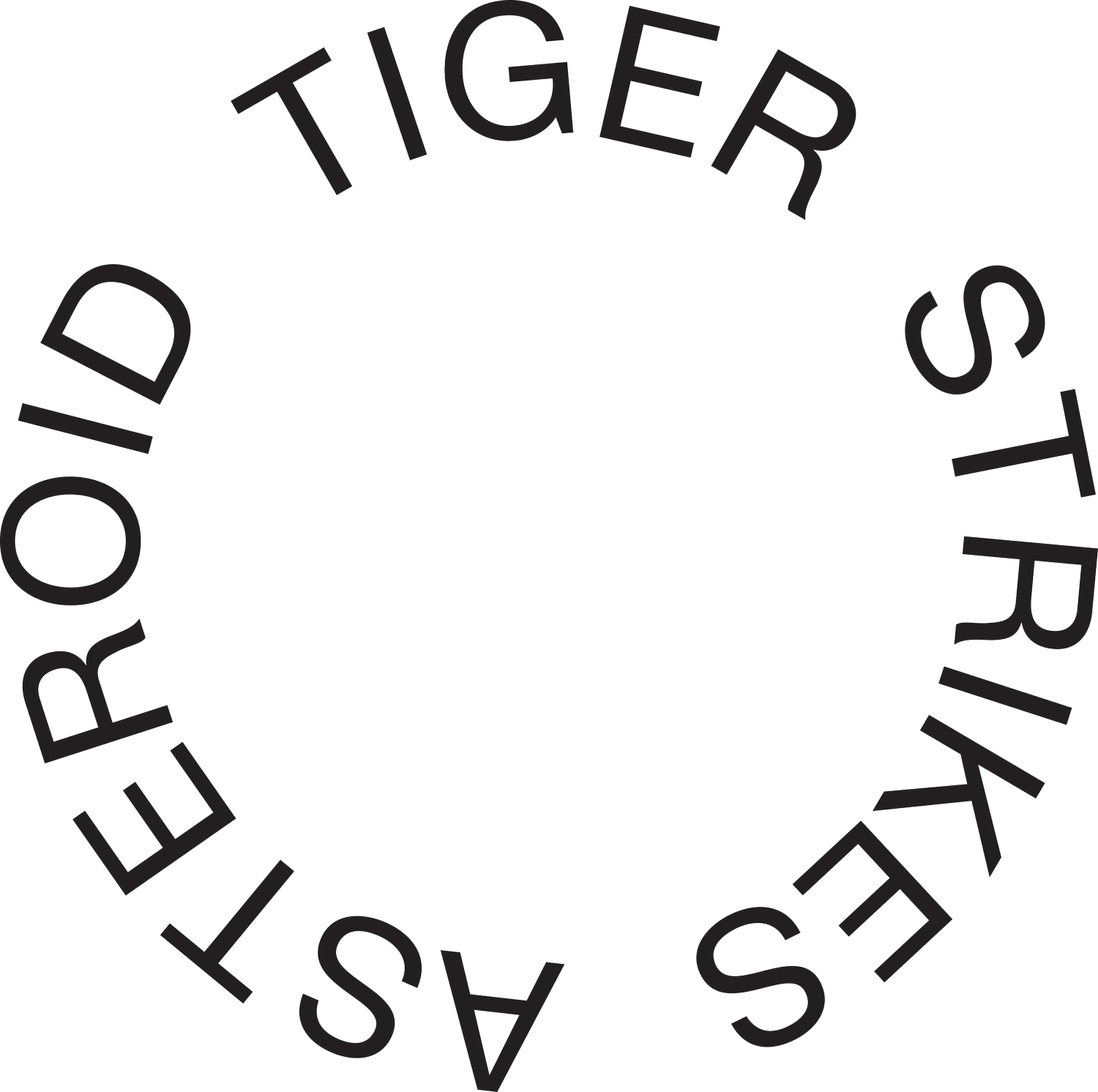Hanah Chalew, Pipelandia
GREENVILLE
Living Things
Apr 4 – May 4, 2025
Opening Reception: Apr 5, 2025, 5 - 9 pm
This exhibition brings together the work of Hannah Chalew, Michael Evans, Manuel Alejandro Rodríguez-Delgado, and the artist collective Kosmologym, artists whose practices critically engage with ecological futures beyond the inevitability of collapse. At a time when climate discourse is so often framed by narratives of doom and irreversible destruction, these artists instead offer alternative pathways—visions that do not merely mourn what has been lost but actively cultivate new possibilities for multispecies coexistence. Their works ask: What if we imagined futures that were not only survivable but also generative, adaptive, and even utopian?
Each of these artists works intimately with biological materials, engaging in processes of cultivation, documentation, and collaboration with non-human life forms. These practices expand beyond traditional artistic mediums, treating living organisms—whether fungi, plants, bacteria, or other ecological systems—as both material and collaborator. In doing so, they resist anthropocentric narratives that position humans as the sole agents of history, instead foregrounding interspecies entanglements and decentralized modes of creation. Their works embody an ethics of care and reciprocity, challenging the extractive and exploitative logics that have long defined human relationships with the natural world.
In her seminal essay A Cyborg Manifesto (1985), Donna Haraway reimagines technology, identity, and power through the figure of the cyborg—an entity that destabilizes traditional boundaries between nature and culture, human and machine, self and other. She writes, “No longer structured by the polarity of public and private, the cyborg defines a technological polis based partly on a revolution of social relations… Nature and culture are reworked; the one can no longer be the resource for appropriation or incorporation by the other.” Haraway’s call for “pleasure in the confusion of boundaries and for responsibility in their construction” resonates anew in the context of climate change, where rigid separations between human and non-human, nature and technology, have been revealed as untenable.
Building on Haraway’s framework, the collective work of these artists can be understood as an act of Anti-Eschatology—a refusal to accept the teleological endpoint of human-driven climate catastrophe. By engaging directly with other life forms and systems, these works disrupt the narrative that places human civilization at the inevitable end of history, instead proposing futures that remain open-ended, nonlinear, and relational. In doing so, they challenge the notion that collapse is our only horizon, offering instead a vision of climate futures where adaptation, collaboration, and multi-species flourishing become possible.
Through these practices, the exhibition does not merely speculate on what comes after catastrophe—it insists on the generative potential of the present moment. By forging new relationships between art, biology, and ecological systems, these artists remind us that the future is not foreclosed, but remains a site of radical possibility.
photos coming soon…

